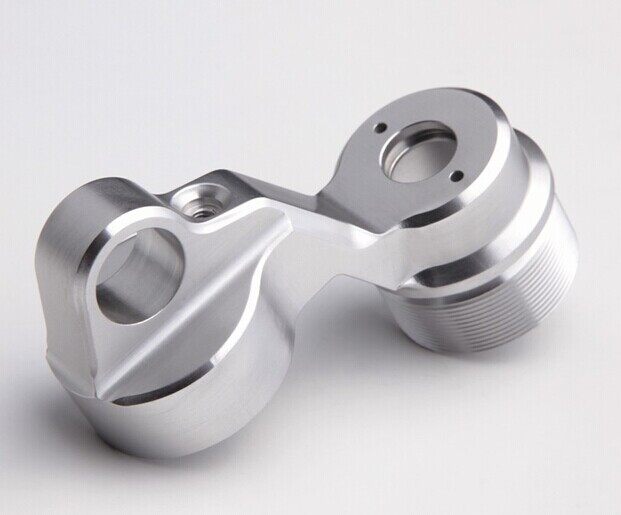メールフォーマットエラー
emailCannotEmpty
emailDoesExist
pwdLetterLimtTip
inconsistentPwd
pwdLetterLimtTip
inconsistentPwd

ニュース
Summary of 17 Key Points of Milling
Milling is a kind of cutting method that takes the rotary motion of the milling cutter as the main motion and the milling cutter or workpiece as the feed motion.

Its characteristics are:
- Multi-edge cutting tools are used for processing, and the cutting edges are rotated for cutting, which has a good cooling effect and high durability.
- Milling processing has high production efficiency and a wide processing range. Using various milling cutters on ordinary milling machines can complete processing tasks such as processing planes (parallel planes, vertical planes, inclined planes), steps, grooves (right angle grooves, V-shaped grooves, T-shaped grooves, dovetail grooves, and other special grooves), special surfaces and so on. Combined with the use of milling machine accessories such as an indexing head, it can also complete the milling of spline shaft, spiral shaft, tooth clutch, and other workpieces.
- Milling has high machining accuracy, its economic machining accuracy is generally it9-it7, and the surface roughness Ra value is generally 12.5-1.6um. The precision of fine milling can reach it5, and the surface roughness Ra value can reach 0.20um.
Because of the above characteristics, milling is especially suitable for the processing of complex-shaped composite parts such as molds and plays a very important role in mold manufacturing and other industries. With the rapid development of numerical control technology, milling plays a more and more important role in machining, especially in the machining of various-shaped surfaces, which has incomparable advantages over other machining methods. At present, the five-axis NC milling machining center can even complete the reproduction and processing of the whole artwork efficiently and continuously.
In the actual production of milling, including machine tool setting, workpiece clamping, tool selection, and other application skills, we briefly summarize 17 key points of milling.
17 key points of milling
- Power capacity
Check the power capacity and rigidity of the machine tool to ensure that the machine tool can use the required milling cutter diameter.
- Workpiece stability
Workpiece clamping conditions and considerations.
- Overhang
When machining, make the tool overhang on the spindle as short as possible.
- Cutting knife
When milling narrow workpieces or with gaps, ensure that there are enough knives to eat.
- Select the correct tooth pitch of the milling cutter
Use the correct milling cutter pitch suitable for the process to ensure that there are not too many blades involved in cutting, otherwise, it will cause vibration.
- Blade slot type selection
As far as possible, use the indexable blade with a positive front corner groove to ensure a smooth cutting effect and minimum power consumption.
- Use the correct feed
By using the recommended maximum chip thickness, ensure the correct feed of the blade is used to achieve the correct cutting effect.
- Cutting direction
Use forward milling as much as possible.
- Part considerations
The material and configuration of the workpiece, as well as the quality requirements of the surface to be machined.
- Blade material selection
The groove type and material are selected according to the material type and application type of the workpiece.
- Vibration damping milling cutter
For longer overhangs that exceed 4 times the tool diameter, the vibration trend will become more obvious, and the use of vibration-reducing tools can significantly improve productivity.
- Main deflection angle
Select the most appropriate main deflection angle.
- Milling cutter diameter
Select the correct diameter according to the width of the workpiece.
- Milling cutter position
Position the milling cutter correctly.
- milling cutter cut in and cut out
It can be seen that through the arc cutting, the chip thickness at the time of tool withdrawal is always zero so that higher feed and longer tool life can be achieved.
- Coolant
Use coolant only when deemed necessary. In general, milling can be better performed when coolant is not used.
- Maintenance
Follow tool maintenance recommendations and monitor tool wear.
Searching for more information about milling vertical, cnc milling brass, tree cnc milling machine, welcome to contact us.

